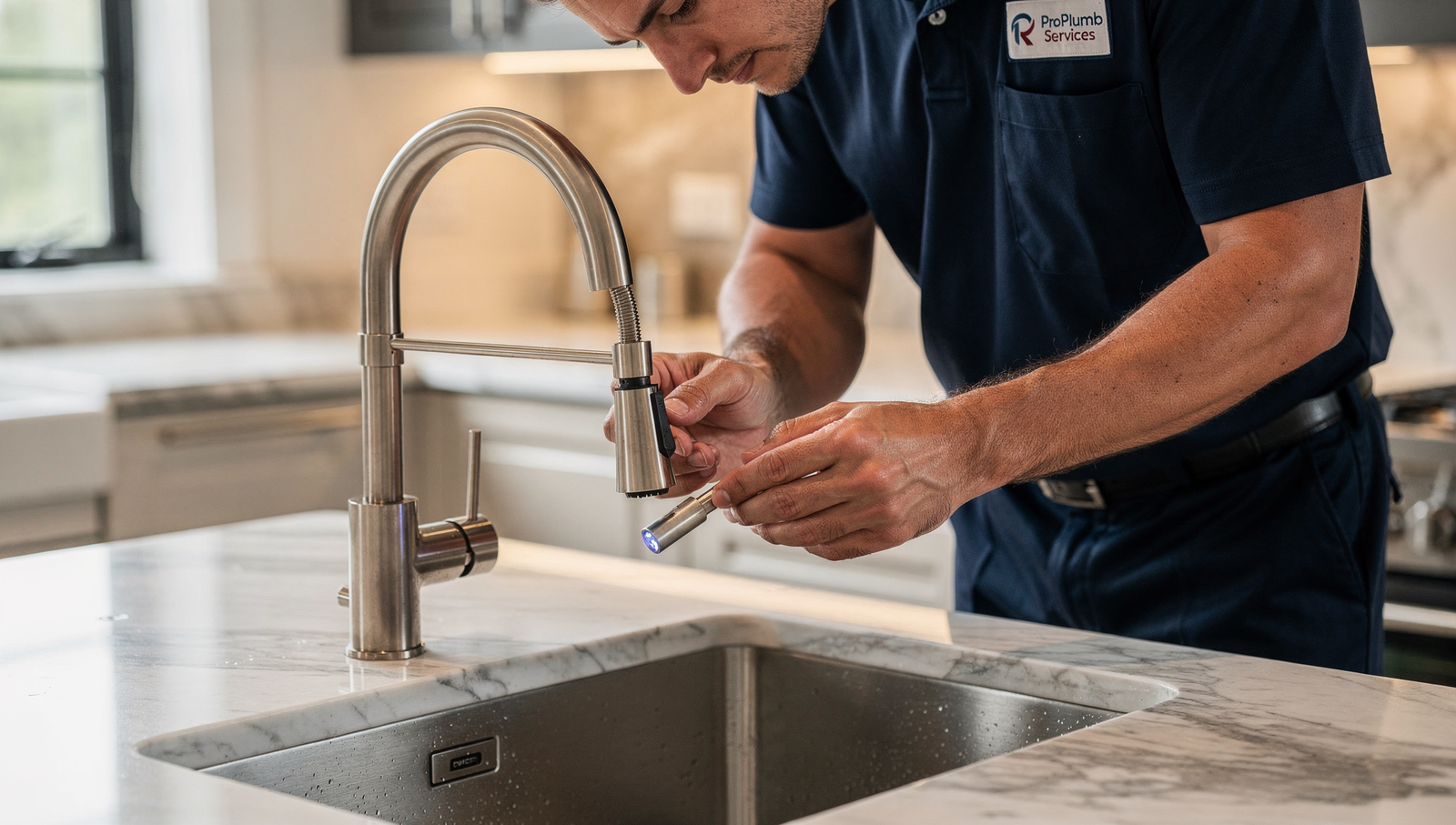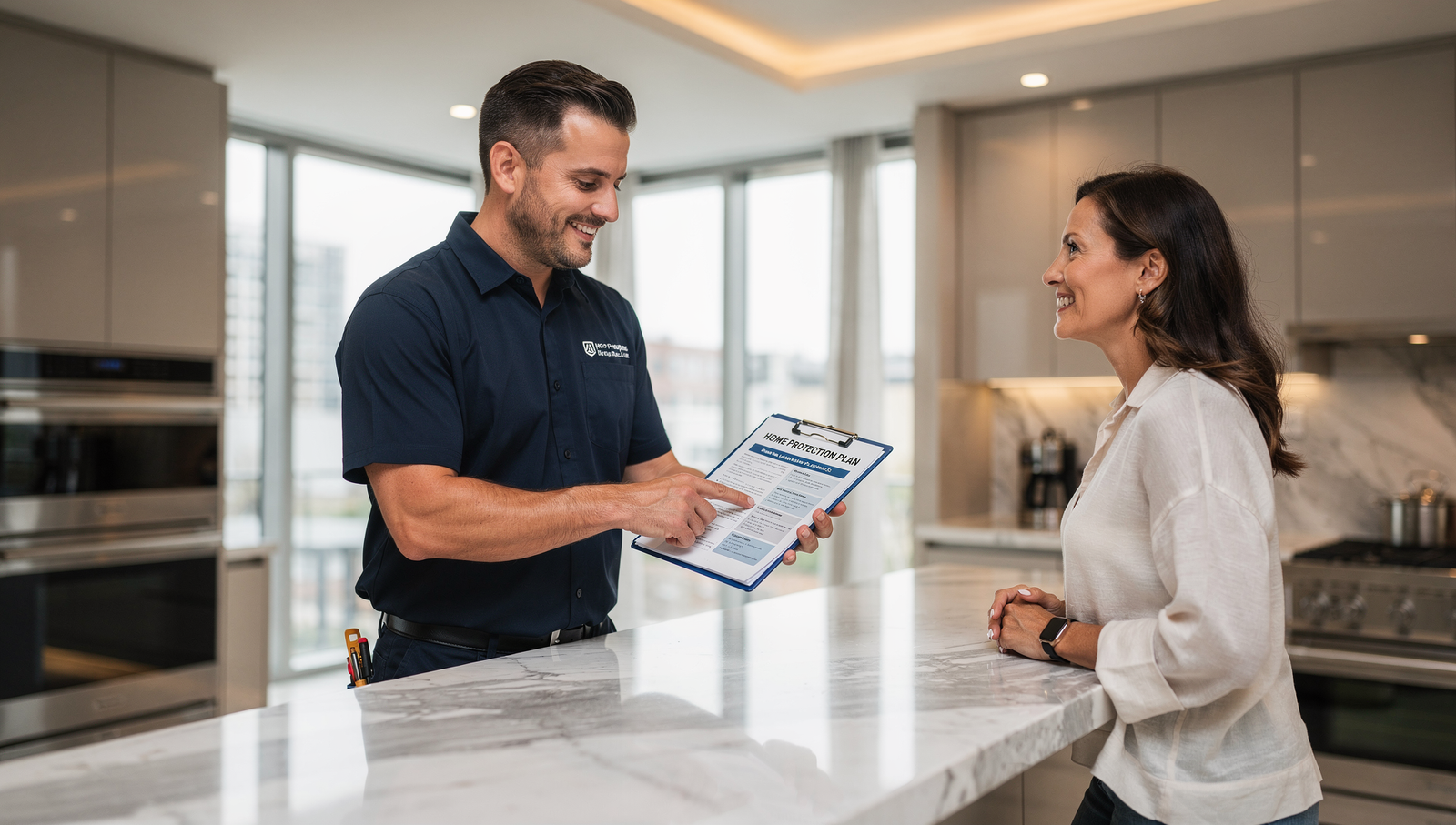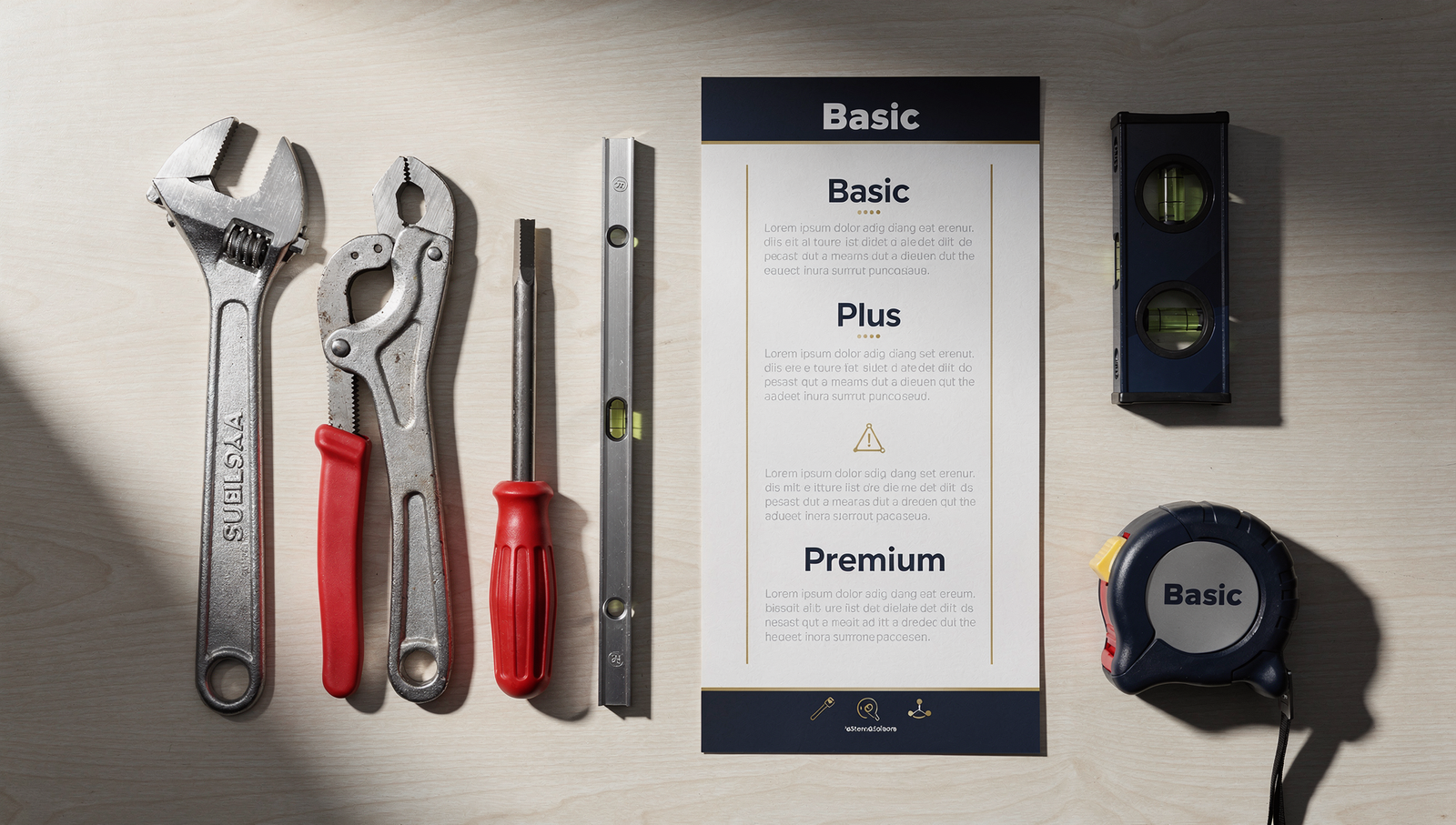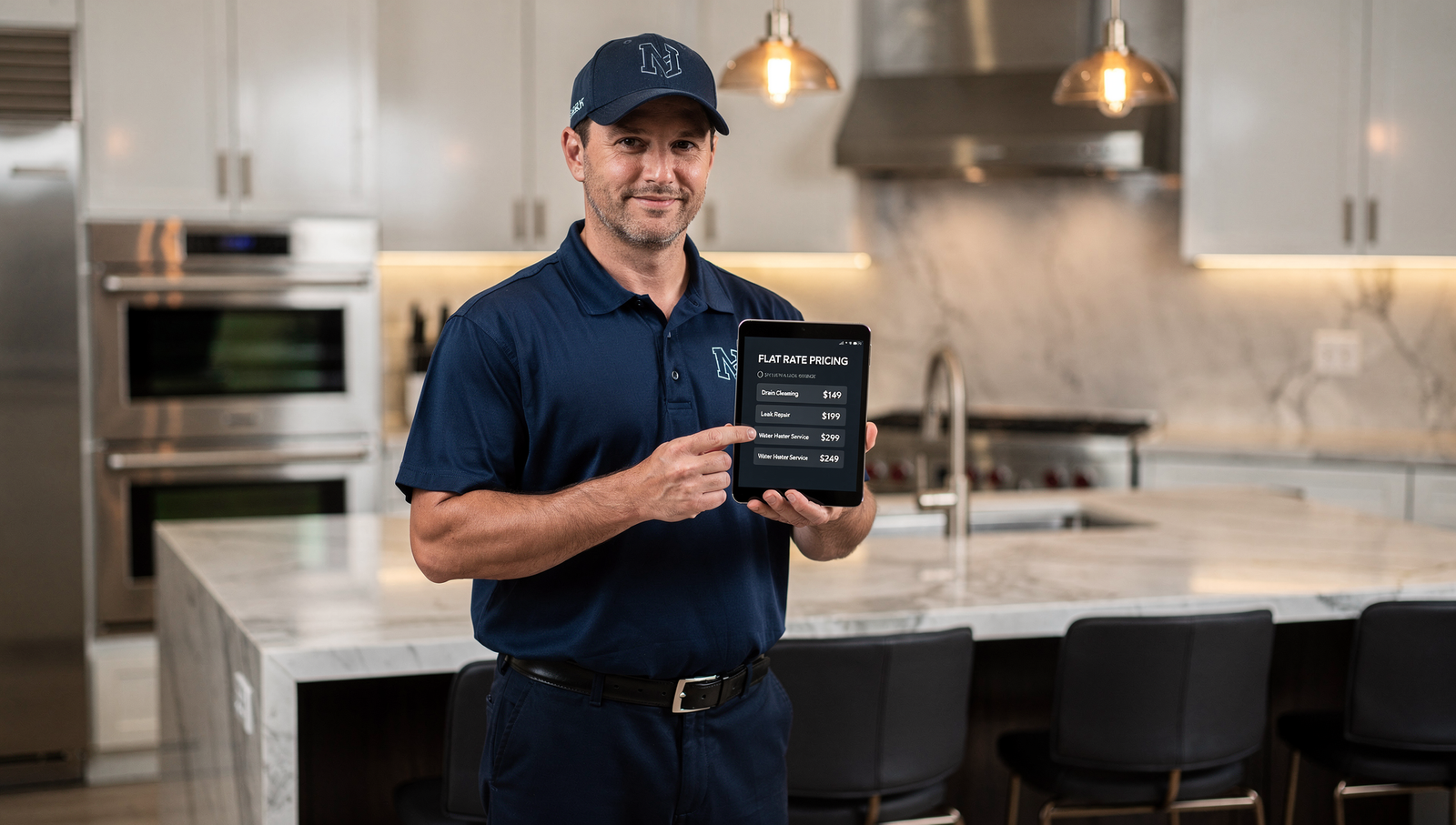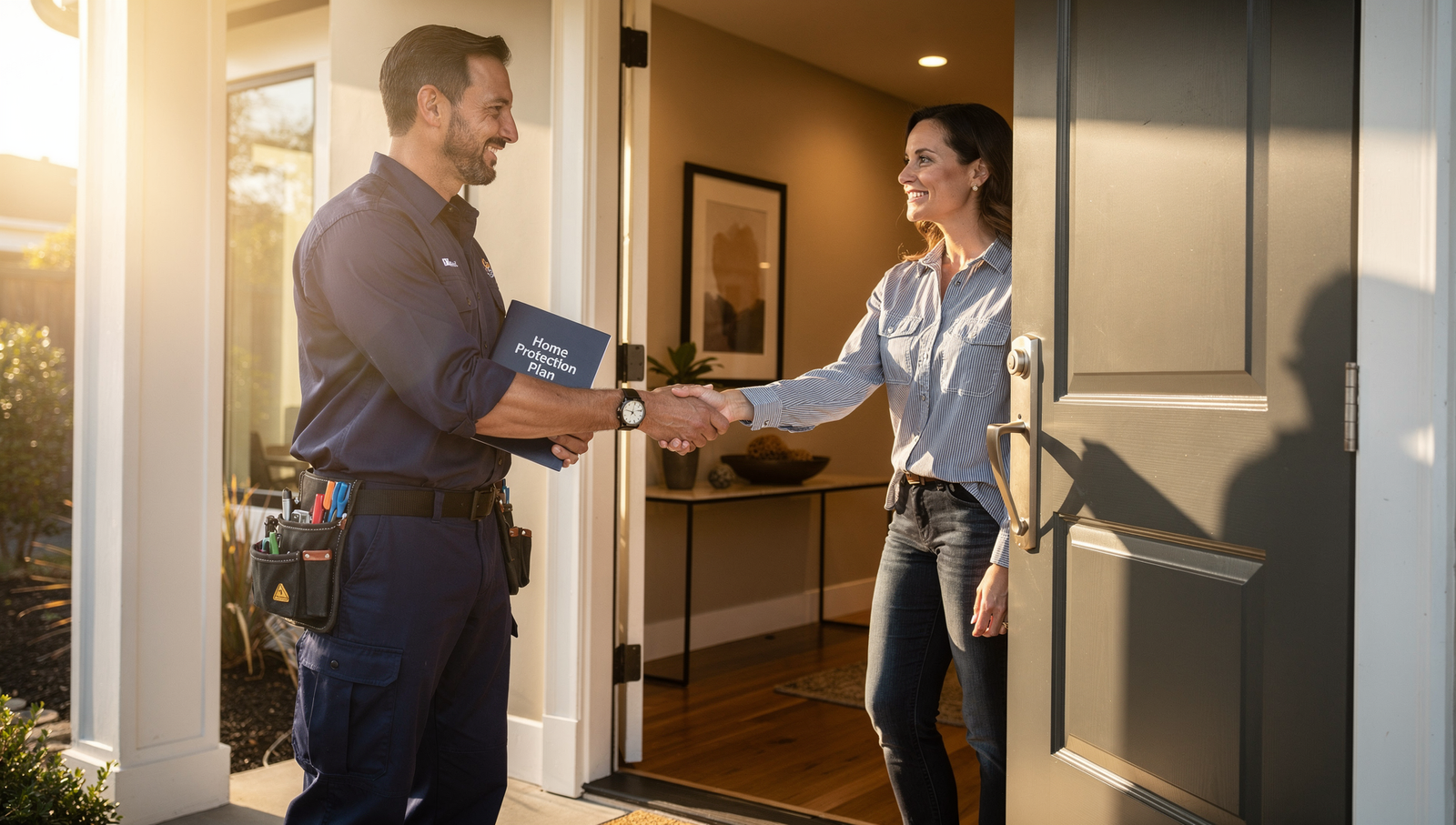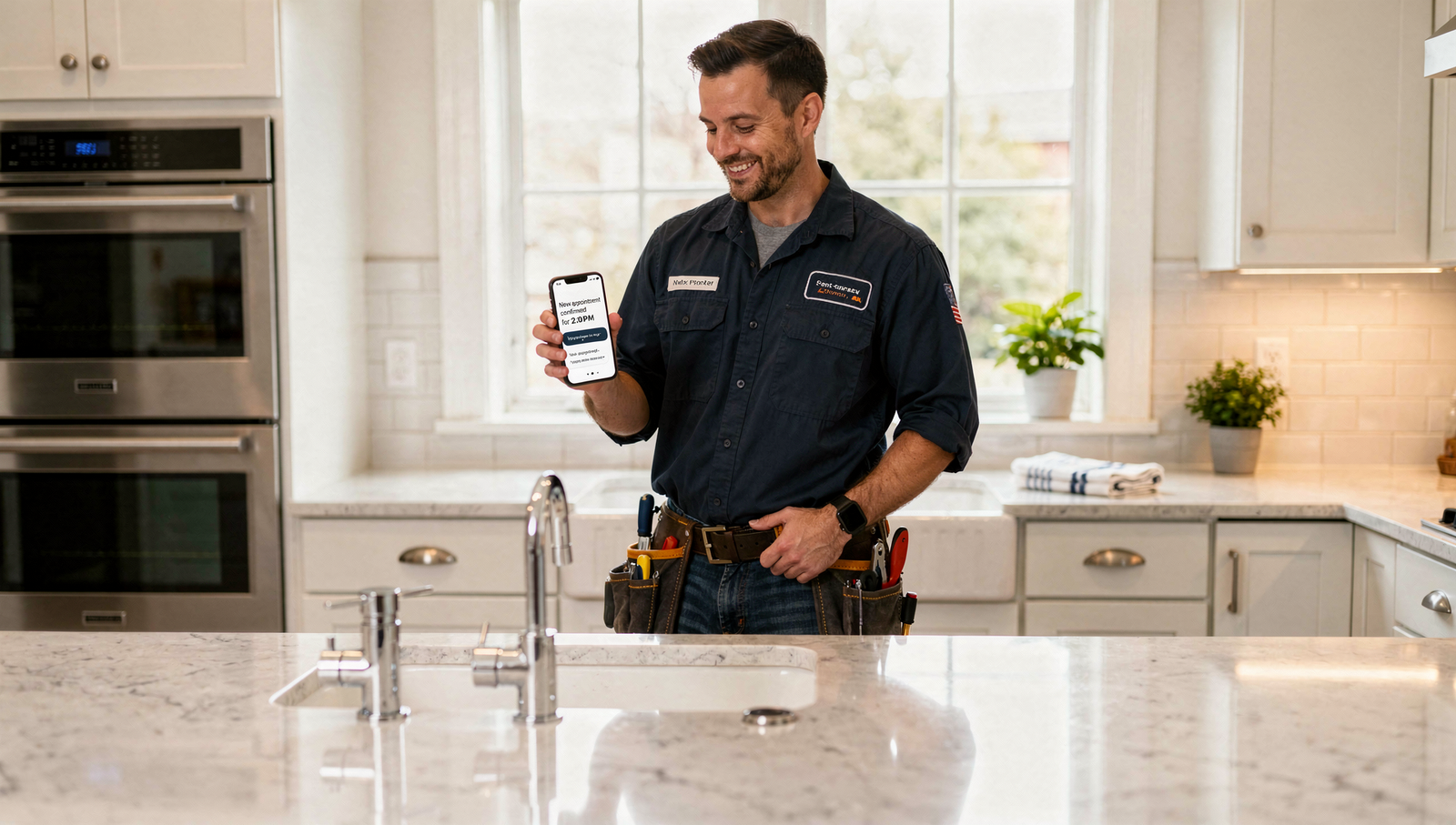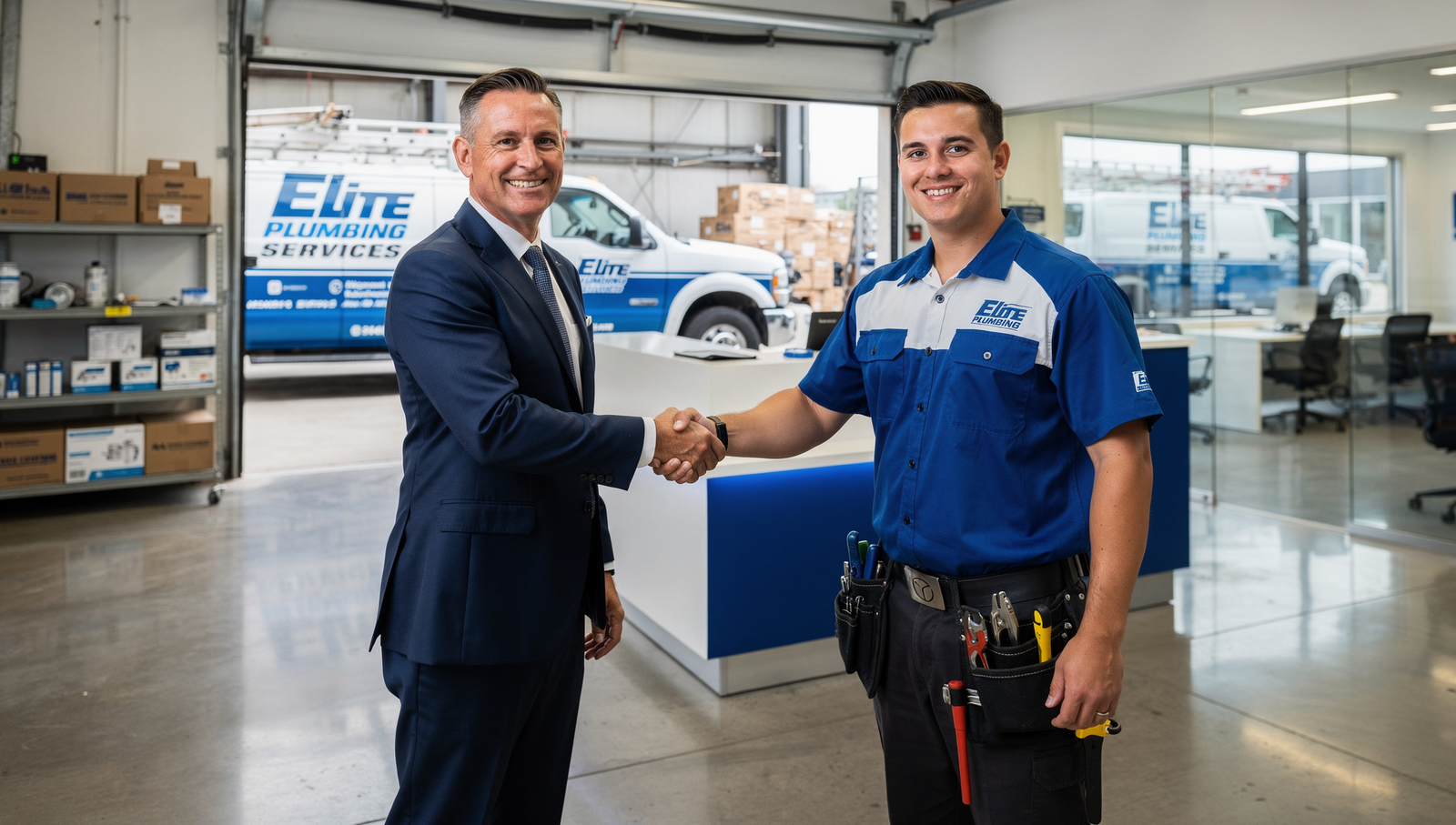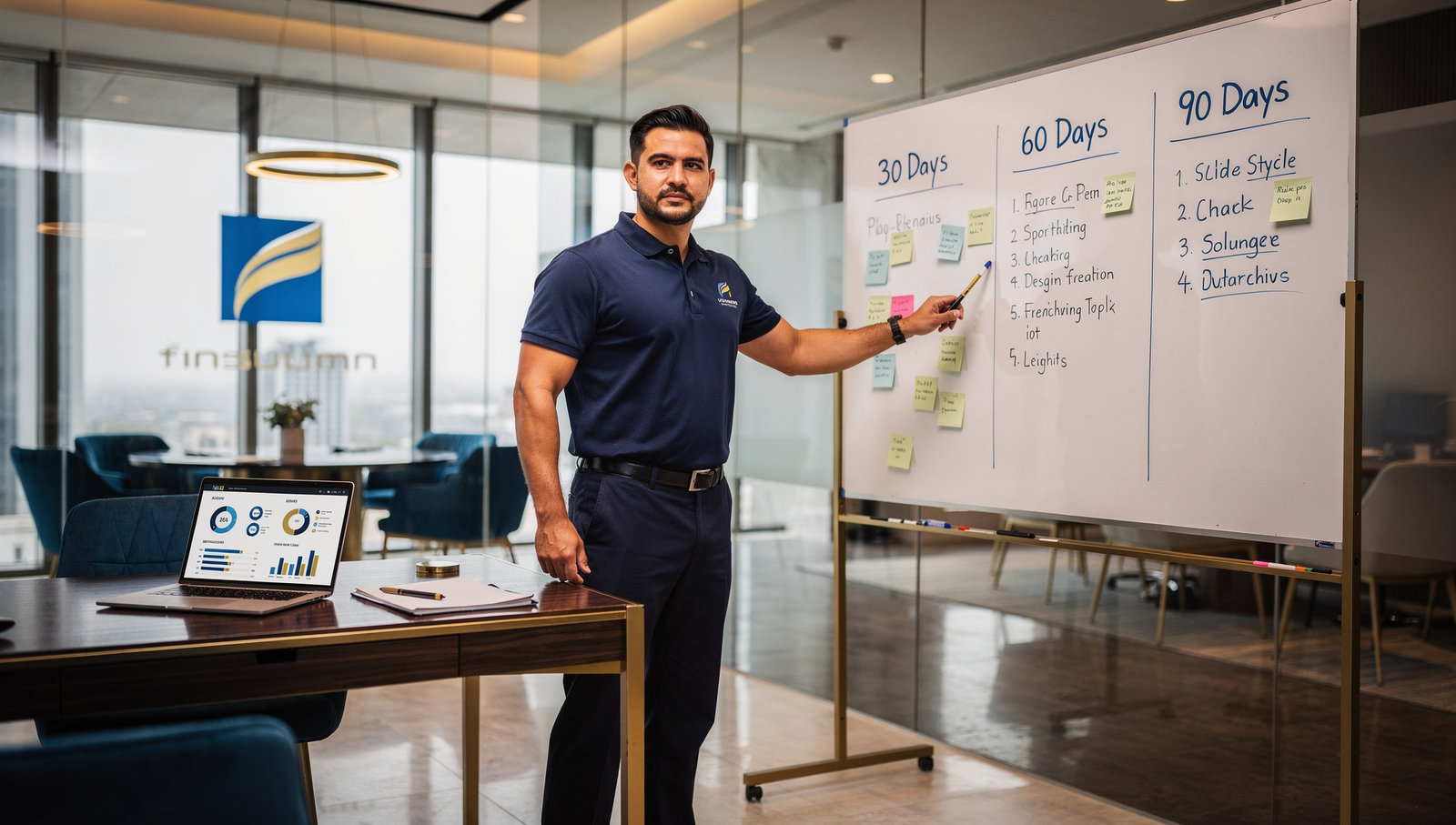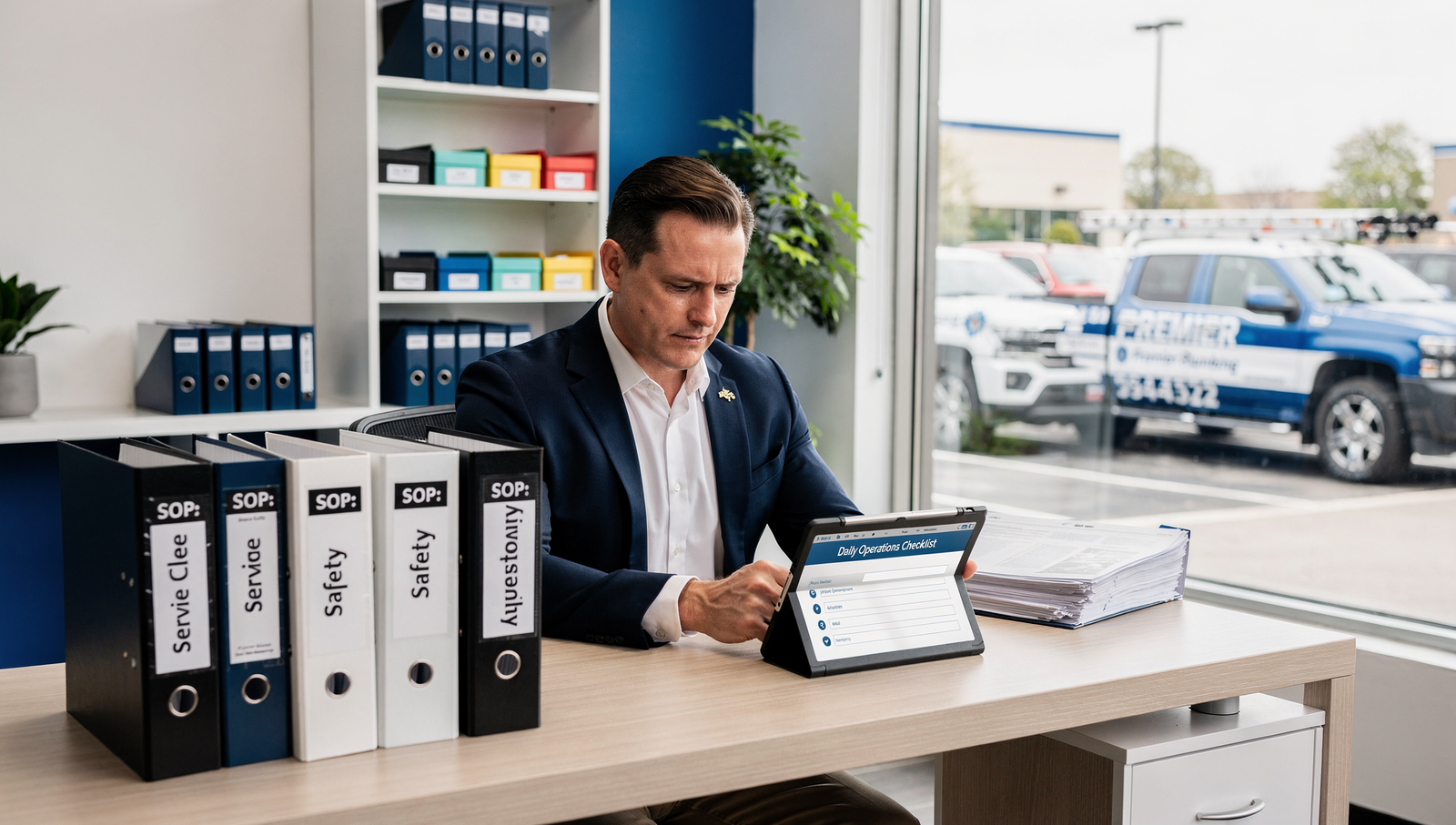Website Conversion Tips for Small Business: How to Make Your Website Convert Visitors into Clients
If you want practical website conversion tips for small business, you are already thinking like a savvy owner. Your website can be more than a brochure. With the right layout, copy, and trust elements, it becomes a quiet salesperson that works every hour of the day.
Website conversion tips for small business
Conversion is a sequence, not a mystery. The goal is to guide a visitor from curiosity to clarity to action. Use the steps below as a checklist you can implement this week.
1) Pick one primary goal per page
Confused visitors do not convert. Decide the single action that matters most and design around it.
Primary goal examples: book a consult, start a quote, buy now
Support goals: call, chat, download a guide
Keep your page focused. If every button shouts, no button is heard.
2) Nail the first screen
Above the fold, answer three questions fast.
What do you do
Who it is for
What to do next
Use a clear headline, one line of support text, and a strong call to action. Add a proof cue near the button like 4.9 average rating or Trusted by 800 local clients.
3) Write benefit-first, plain English copy
Features tell. Benefits sell. Translate your service into outcomes.
Instead of “24-hour response,” write “We respond within 24 hours so your project never stalls.”
Instead of “Premium materials,” write “Repairs last longer and cost less over time.”
Short paragraphs and simple sentences win on mobile.
4) Use social proof to remove risk
People copy people. Add proof that feels specific, recent, and relevant.
Reviews with a headline-worthy sentence
Before and after photos when visual outcomes matter
Logos of clients or publications
Mini case study: problem, action, measurable result
Studies across many industries show that adding recent, relevant reviews can lift conversions materially. You do not need a thousand reviews. You need the right few in the right place.
5) Prioritize mobile speed and clarity
Most small businesses see a majority of traffic from phones. Speed and clarity are non-negotiable.
Compress and properly size images
Lazy-load below-the-fold media
Use tap-friendly buttons and generous spacing
Keep forms short and keyboard-friendly
Shaving even a second from load time often reduces bounce and increases form completion. Think of speed as customer service.
6) Create visual hierarchy that guides the eye
Good pages read like good stories.
Big, clear headings
One accent color reserved for buttons
Whitespace that separates ideas
Scannable lists for details and FAQs
If everything is bold, nothing is bold.
7) Design forms that people actually finish
Every extra field is a decision. Ask only what you truly need to respond.
Name, email, phone are usually enough
Use smart defaults and dropdowns where possible
Offer tap-to-call and tap-to-text options on mobile
Add a short line under the button showing what happens next
Example microcopy: “Submit and get a reply within 1 business day.”
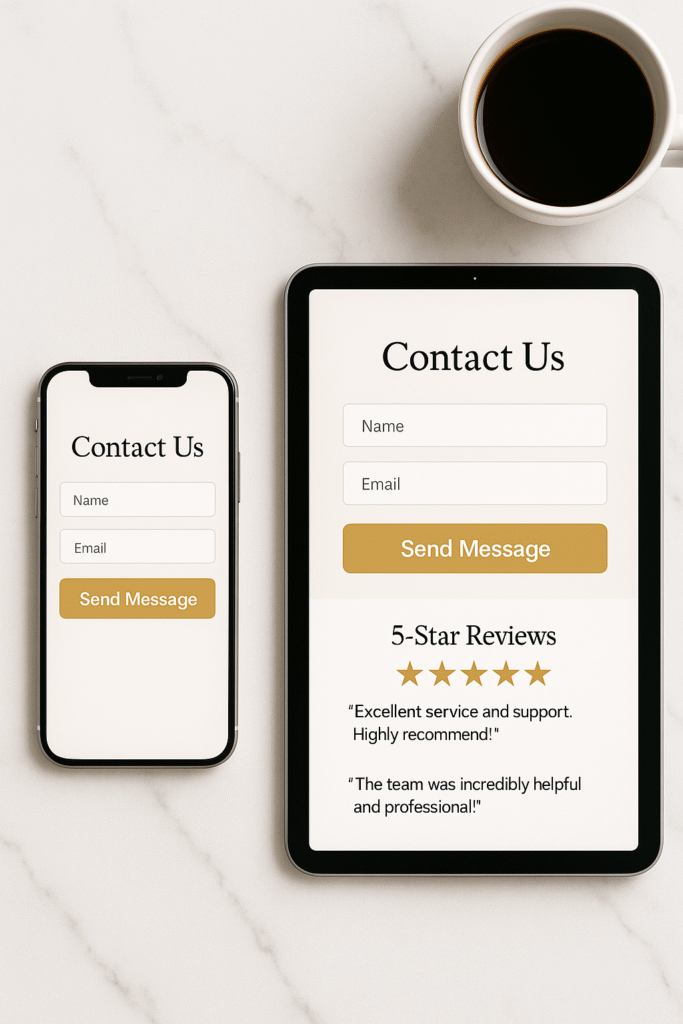
Want a Free Website Audit?
Fill out your information below and we will send you a personal screen share video of tips on how to make your actual website better!
8) Clarify your offer and eliminate friction
Be transparent about price ranges, timelines, and next steps. Use a simple three-step process block:
Schedule a consult
Get a tailored plan
Launch with confidence
When expectations are clear, hesitation falls.
9) Keep navigation simple
Five or fewer top-level items is a good rule. Include Contact and a sticky button like Book a Consult so action is always one tap away.
10) Track the right numbers and test small changes
You cannot improve what you do not measure.
Set up goals for form submissions, calls, and button clicks
Review bounce rate, time on page, and top exit pages
Test one change at a time: headline, hero image, or button label
Even small lifts compound. A two percent gain every month becomes a very different year.
11) Use content to pre-sell
High-intent visitors convert faster when your content answers their questions. Publish helpful, specific guides and link them from your homepage and service pages.
Explore these deep dives for structure ideas:
Each guide pairs with the tips here to turn your site into a consistent lead engine.
12) Accessibility helps everyone
Accessible sites convert more people because they are easier to use.
Strong color contrast
Legible text sizes
Descriptive alt text for images
Clear focus states for keyboard navigation
Accessibility is both good practice and good business.
13) Real-world scenarios
Realtor scenario:
A solo agent’s homepage headline changes from “Helping You Buy and Sell” to “Sell for top dollar with a proven local strategy.” The page adds a three-step process, two recent reviews, and a Book a Free Pricing Call button. Result: more seller inquiries in the first month because the message targets the right audience with a clear next step.
HVAC company scenario:
They move from a slideshow to a single hero with Same-day AC repair and a Call Now button. A short form is placed just below with “Get a confirmed arrival window.” Result: higher call-through on mobile during hot days.
Bakery scenario:
The bakery replaces a gallery-only homepage with Order custom cakes online and a Start Your Design button. A mini FAQ explains lead time and pickup options. Result: fewer DMs, more paid orders.
14) Copy and design that earn the click
Button labels should be concrete and customer-focused.
Get My Quote
Check My Availability
Book My Free Consult
Start My Order
Pair with a small reassurance line like “No spam. Cancel anytime.”
Bringing it all together
The website conversion tips for small business above work because they respect how people evaluate risk online. Clarity lowers friction. Proof builds trust. Speed respects time. If you want a site that looks luxury, loads fast, and quietly turns visitors into clients, book a free consultation with Digital Dream Homes and we will help you implement this playbook.
Other Posts About Small Business Websites You Might Like…
- Small Business Website Design Tips for Small Business Owners
- How to Create a Professional Website for Your Small Business
- Common Small Business Website Mistakes That Are Costing You Customers
- Best Homepage Layout for Small Businesses
- Website Conversion Tips for Small Business: How to Make Your Website Convert Visitors into Clients
- How to Make Small Business Website Look Professional: Simple Design Tweaks That Boost Small Business Credibility
- Best Website Colors For Small Business Branding: How to Choose the Right Colors for Your Brand
- Why Small Business Websites Fail: Why Your Website Isn’t Bringing in Leads
- Mobile Friendly Website Tips For Small Business: Mobile Optimization Tips for Local Business Websites
- Contact Page Optimization for Small Business: How to Create a “Contact Us” Page That Actually Gets Results
Matt Pieczarka
9 Plumbing Company Branding Strategies That Get More Calls
9 Plumbing Company Branding Strategies That Get More Calls Facebook X LinkedIn Threads Email The tricks learned in this video and blog post will help you get your brand to as many
7 Plumbing Membership Plans Benefits That Boost Profit
7 Plumbing Membership Plans Benefits That Boost Profit Facebook X LinkedIn Threads Email The tricks learned in this blog post have increased recurring revenue for one of our plumbi
7 Plumbing Services Pricing Tiers That Sell Like Crazy
7 Plumbing Services Pricing Tiers That Sell Like Crazy Facebook X LinkedIn Threads Email The tricks learned in this video and blog post have gotten one of our clients an average of
7 Plumbing Service Pricing Strategies To Boost Profit
7 Plumbing Service Pricing Strategies To Boost Profit Facebook X LinkedIn Threads Email The tricks learned in this video and blog post have gotten one of our clients an average of
7 Plumbing Maintenance Agreement Strategies That Drive Revenue
7 Plumbing Maintenance Agreement Strategies That Drive Revenue Facebook X LinkedIn Threads Email Most plumbers leave recurring revenue on the table. These maintenance agreement str
AI Tools for Plumbing Businesses That Book Jobs 24/7
AI Tools for Plumbing Businesses That Book Jobs 24/7 Facebook X LinkedIn Threads Email The AI tricks learned in this blog post have gotten one of our plumber clients an average of
Hiring Plumbers And Onboarding Program For Rockstar Crew Growth
Hiring Plumbers And Onboarding Program For Rockstar Crew Growth Facebook X LinkedIn Threads Email The strategies in this blog post helped one of our plumbing clients cut onboarding
7 SMART Goals For Plumbing Growth In 90 Days
7 SMART Goals For Plumbing Growth In 90 Days Facebook X LinkedIn Threads Email The strategies in this blog post helped one of our clients get organized and grow his plumbing busine
5 Step Plumbing SOPs Creation Guide For Stress Free Growth
5 Step Plumbing SOPs Creation Guide For Stress Free Growth Facebook X LinkedIn Threads Email The strategies learned in this blog post have helped one of our clients reach the next

